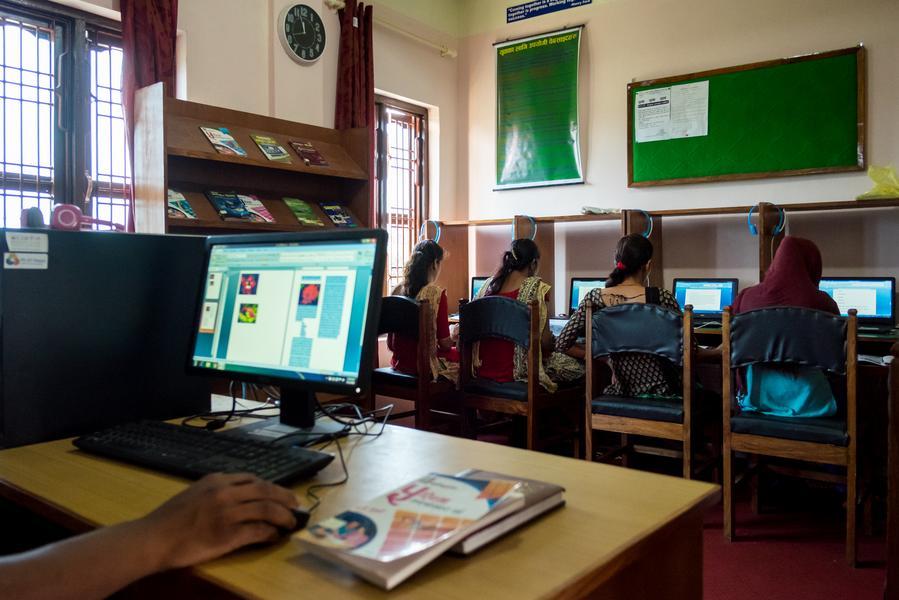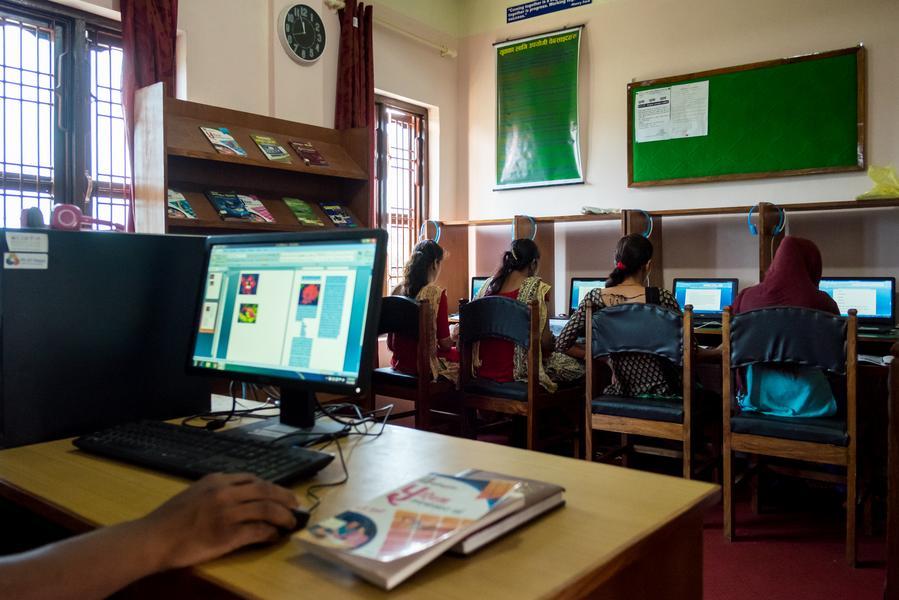
Policies
World Bank Education Dashboard
Context and Problem
Not knowing the whole picture or being unable to identify and track metrics puts policymakers in a blind spot. Policymakers can track the inputs (e.g. funding and resource allocation) and the output (e.g. literacy rates, number of students in schools) but fail to understand what happens within the system as there is no information on data found on it. This is problematic as it does not give the whole picture.
Additionally, it is imperative to recognise that schooling does not equate to learning. For example, in 2011 in Nicaragua, only half the students tested in Grade 3 were able to solve the addition problem of 5+6. Thus, it is vital to understand what is happening within the system and pivot the policymaking accordingly. This is where Dashboards come in.
Solution
Learning has three overarching pillars: practices, policies, and politics. Practices comprise four components: learners, teachers, management, and school inputs. This has to be continuously tracked to identify and rectify the root cause of issues. For example, learning crises can be exacerbated by poor service delivery, politics, inefficient bureaucracy, and unaligned educational policies.
The World Bank, in partnership with the Bill and Melinda Foundation and the UK’s International Department of Development, introduced the Global Education Policy Dashboard (GEPD). This dashboard will display several different kinds of data. Firstly, the school participation and grade learning. Secondly, the quality-of-service delivery. Third, deeper systemic drives include politics and policy implementation. The GEPD has been implemented in seven education systems, and preparation is ongoing in eight more, with expected completion by the end of 2024.
The data is collected by applying tools at all levels. There are three main surveys: school, expert, and bureaucracy. Additionally, the data collection process is comprehensive as it covers the whole system and goes down to the learner. The data collection also includes school visits, classroom observations, and interviews.
Impact
The impact of this program is not clear. However, collecting data and understanding what happens within the system gives more insights into what can be done better to improve learning.
Analysis
Dashboards are utilized in several industries, be it sales, aviation, or supply chains. By bringing it into education, and collecting the infinite available data, policymakers will be able to make better decisions. To make this program a success, it is crucial to collect data from several sources, track as many metrics as possible, ensure statistical tests are done to verify trends, and keep data up-to-date.












